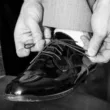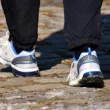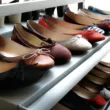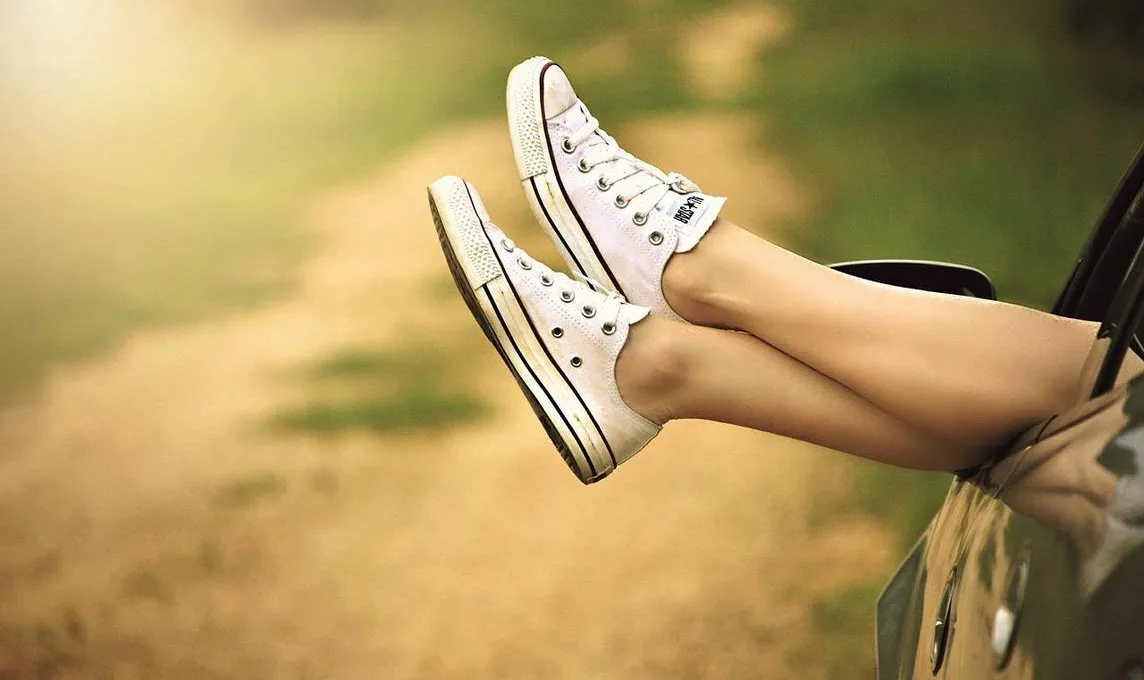If you’re tired of wearing uncomfortable shoes, there are many ways to fix them. You can repair the shoes by replacing them. Or, you can make them fit better by following some easy tricks. The most simple fix is to buy new shoes, but if you’ve got too big shoes you can also repair them to make them fit better. Here are some common shoe repair tricks:
Ingrown toenails
If you have an ingrown toenail, you know how painful it is to wear shoes that are too small. While you may have no idea what caused yours, a proper fit for your shoes can prevent this painful complication. Here are some tips to prevent ingrown toenails. First, make sure that your shoes have a wide toe box and that your socks are not too tight. Then, if your toenails are swollen, apply an antibiotic ointment or a bandage. Alternatively, you can use dental floss to separate the toenail from the skin.
If you notice that your toes have become ingrown, you should take steps to prevent them from coming back. Shoes that are too tight can cause the toes to slide up inside the shoe. This can be especially problematic for runners, who are likely to have more collisions with other shoes while running. Shoes with high heels can also cause ingrown toenails because they place excessive pressure on the toes.
If your toenail is growing out of your shoe, you may need to see a doctor as soon as possible. Your doctor will examine you and recommend a course of treatment. You can also try home remedies for a few days or weeks before seeing a doctor. However, if your symptoms do not improve after two weeks or you find yourself unable to walk, you should see a doctor. In severe cases, you may require surgery.
Corns
People who have corns on their feet are probably familiar with the pain caused by shoes that are too small. The pressure from wearing shoes that are too tight or too loose can lead to callus formation. If your shoes are too small, you should wear them with an extra half-inch space between the front of your longest toe and the front of the shoe. The shoes should also fit so that your toes can wiggle easily in them.
There are two types of corns: hard and soft. Hard corns are caused by excessive friction. They occur on the toes due to excessive pressure and wear of shoes. Soft corns form in between the toes and are moist, while hard corns form on the outside of your pinky toe and the top of your toes. Both types of corns are painful and can be relieved by taking off the offending shoe.
The most common type of corn is keratosis punctata. This is an overgrowth of skin under the footbone. Corns are a result of this thickened skin. They can also be caused by other conditions like diabetes and poor circulation. You should consult a doctor if you notice any callus development on your feet. It’s important to get them examined as early as possible to avoid infection.
Calluses
The bottom of your foot is an area that is particularly vulnerable to calluses. A shoe that is too small may cause a callus to form on the bottom of the foot, where extra pressure is placed on the toes. This pressure can even prevent weight from being placed on the foot. This may lead to compensatory changes in your gait, which can lead to pain higher up in the body. Changing your gait may be necessary to avoid callus formation.
While there are many home remedies for calluses, soaking the feet in warm water with a pumice stone will help relieve pressure on the affected areas. This method will also help remove dead skin from the affected area. However, it can cause more irritation, so it may not be appropriate for everyone. Additionally, you should see a doctor if your calluses become infected. These calluses may be red, oozing, and painful. If you have diabetes, you should also see a doctor to get your feet examined. Diabetes can cause poor circulation in the feet.
Wearing shoes that are too small can cause calluses on the feet. This is due to the friction and pressure that shoes place on the feet. You should also wear cotton socks when wearing sandals or other footwear that is too tight. If you need to wear heels, it is advisable to wear slip-on shoes or sandals that are more supportive. If you wear sandals, you should use cotton socks as these can help to reduce friction on the feet.
Blisters
People who wear a lot of miles on their feet should pay extra attention to finding the proper fit for their shoes. A proper fit will minimize hot spots and friction that can cause blisters. However, even the best fitting shoes can cause blisters, so it is important to wear cotton socks. Cotton socks absorb perspiration, keeping feet damp, which aggravates blisters. Also, it is important to avoid wearing socks that are too small.
If you have a hot spot or blister that is causing pain, seek medical attention. If the blister becomes red, swollen, and develops pus, it is a sign of infection and should be treated by a medical professional. In addition, if the blister is accompanied by fever and pain, it is a sign of a serious medical problem. In order to find the right treatment for blisters, you need to understand the symptoms and determine the cause of the blister.
In most cases, blisters are caused by friction. The shoe rubs against the skin on the foot, which causes the skin to break down and develop a blister. Blisters are especially common among active people. Even when shoes fit correctly, blisters can develop because the feet make repeated movements. When shoes are too small, they can cause friction that results in a blister. The best way to prevent blisters is to choose shoes that fit your feet correctly.
Diabetes
According to research by the University of Dundee in the United Kingdom, six out of ten people with diabetes wear shoes that are too small for their feet. Only one-fourth of diabetics wear the right shoe size. When buying shoes for diabetics, never mistake a tight fit for good support. A shoe that fits snugly can be dangerous. Pointed toes can cause blisters, which can develop into ulcers.
Diabetics are also at risk of foot problems because high blood sugar damages nerves and blood vessels in the feet. The result is amputations, infection, and foot wounds that heal slowly. Damaged blood vessels also make it difficult to detect small objects such as paperclips and splinters in shoes. The result is a weakened foot that can’t cope with the extra pressure. As a result, the foot may become deformed and develop hammertoe.
The size of diabetic shoes must be determined by a sales clerk. It’s vital that the sales clerk measure your feet properly. Never buy a pair of shoes that is too small for your feet, because they can cause problems when walking. Also, it’s important to avoid buying shoes that are too big. Instead, choose shoes that are wider and longer. However, be sure to take measurements in the afternoon, when your feet are at their most flexible.
Ratchet feet
When shoes are too small, they can be uncomfortable. If the toes are cramping or the topline of the shoe is cutting into your skin, it can be painful. In this case, you should go up or down a half-size. This way, your toes and heel will be comfortably padded. You will know if your shoes are too tight. Here are a few tips to get the right size.
Podobne tematy




